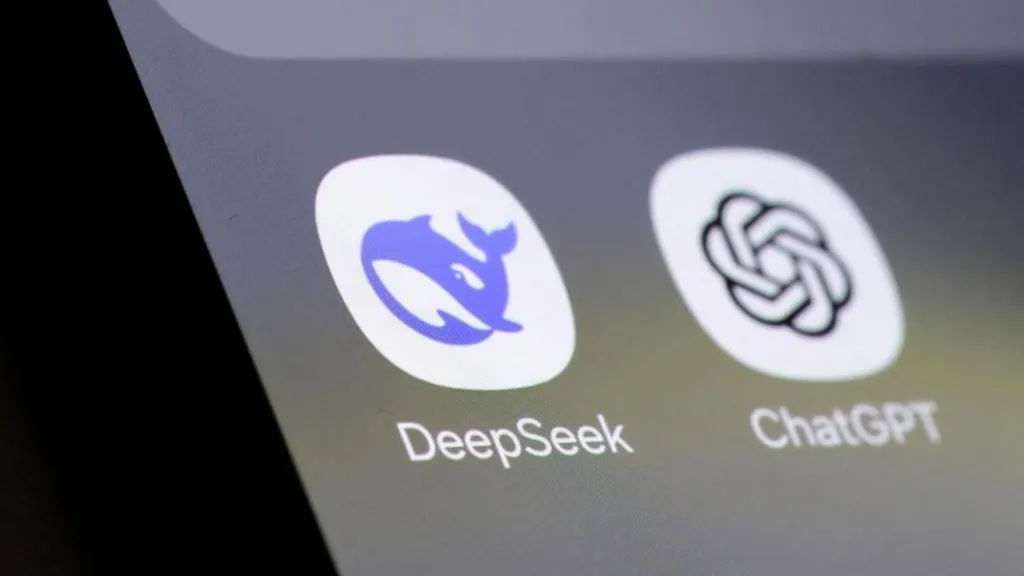
In a sudden and unexpected development, a relatively unknown Chinese AI startup, DeepSeek, has emerged as a major player in the artificial intelligence landscape, sending shockwaves through global technology markets. Its low-cost, high-performance AI model has ignited concerns over the future of US dominance in AI, contributing to a significant drop in stock prices for leading tech firms such as Nvidia, Microsoft, and Alphabet.
DeepSeek is a Chinese artificial intelligence company based in Hangzhou and founded in 2023 by Liang Wenfeng. Liang, a seasoned entrepreneur with a background in electronic engineering and quantitative finance, has previously founded hedge funds and investment firms that leveraged AI for financial trading strategies.
The company recently released its AI model, DeepSeek-R1, which has been lauded for its impressive capabilities despite being developed at a fraction of the cost of its Western counterparts. Unlike industry giants such as OpenAI and Google, which have poured billions of dollars into AI development, DeepSeek reportedly trained its model for less than $6 million.
This was made possible by leveraging open-source technologies, sharing resources among Chinese AI developers, and optimizing computational efficiency. The model was trained using roughly 2,000 Nvidia H800 chips—less advanced than the state-of-the-art chips used by OpenAI and Google—yet it has delivered performance metrics that rival those of leading AI models.
The emergence of DeepSeek has disrupted the AI Market for several reasons. DeepSeek has demonstrated that state-of-the-art AI models can be built and trained at a significantly lower cost than previously assumed. OpenAI, which launched ChatGPT in 2022, has raised over $6.6 billion and employs approximately 4,500 people, while DeepSeek, with only 200 employees and less than two years in operation, has managed to produce a competitive model with an investment of under $10 million. This revelation has prompted concerns that the enormous investments made by US firms may not be as essential as once thought, potentially leading to a reevaluation of AI funding and infrastructure strategies in the US.
The US has long been seen as the global leader in AI, largely due to its access to the most advanced semiconductor technology and its ability to attract top talent. However, DeepSeek’s success challenges this assumption by proving that cutting-edge AI can be developed without access to the most powerful chips. This development comes amid increasing US restrictions on semiconductor exports to China, aimed at slowing down its AI progress. However, Chinese AI developers have found alternative ways to develop competitive models by optimizing existing resources and using open-source technology.
DeepSeek’s sudden rise has led to a sharp decline in the stock prices of major US and European tech companies. According to Fiona Cincotta, a senior market analyst at City Index, “This idea of a low-cost Chinese version hasn’t necessarily been at the forefront, so it’s taken the market a little bit by surprise. If you suddenly get this low-cost AI model, then that’s going to raise concerns over the profits of rivals, particularly given the amount they’ve already invested in more expensive AI infrastructure.”
The emergence of DeepSeek raises critical questions about the AI landscape and the future of global tech leadership. If Chinese AI models can be built at a fraction of the cost while achieving comparable performance, it could fundamentally alter the competitive dynamics of the industry.
However, OpenAI CEO Sam Altman remains confident in his company’s approach. While acknowledging that DeepSeek-R1 is “impressive,” he defended OpenAI’s strategy of investing in greater computing power, stating, “We will obviously deliver much better models and believe more computing is more important now than ever before.”
Ultimately, the AI race remains fluid, with China and the US both pushing the boundaries of innovation. Whether DeepSeek’s approach will prove sustainable or whether it will spur American firms to double down on their investments remains to be seen.
One thing is clear; AI development is no longer confined to Silicon Valley, and the playing field is rapidly changing. The coming years will determine whether DeepSeek is a one-time disruptor or the beginning of a new era in artificial intelligence.


